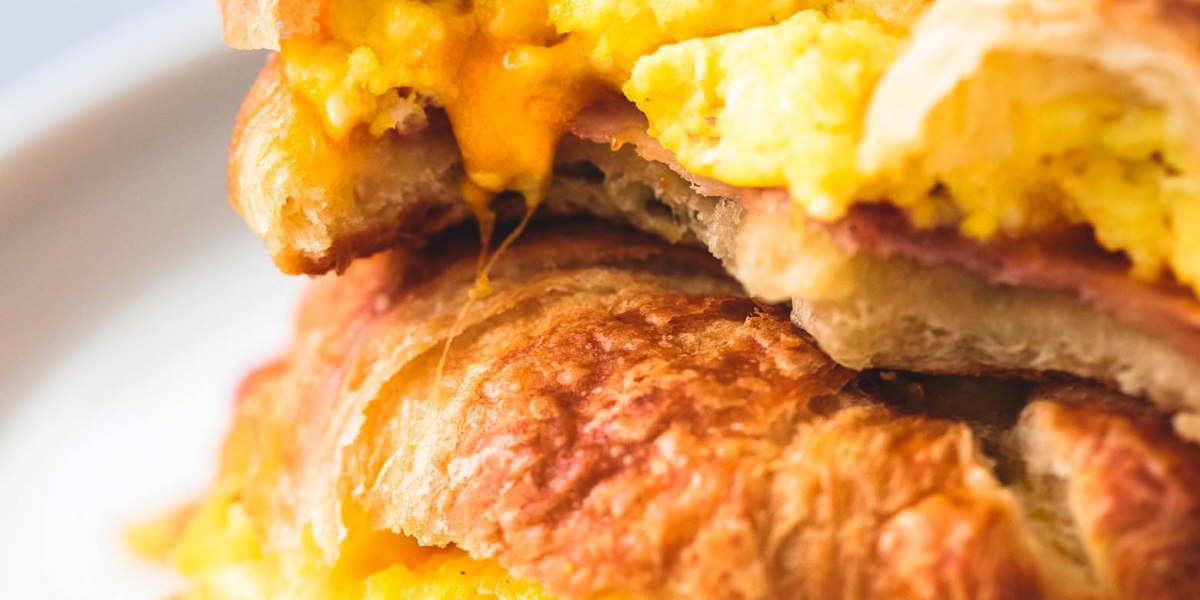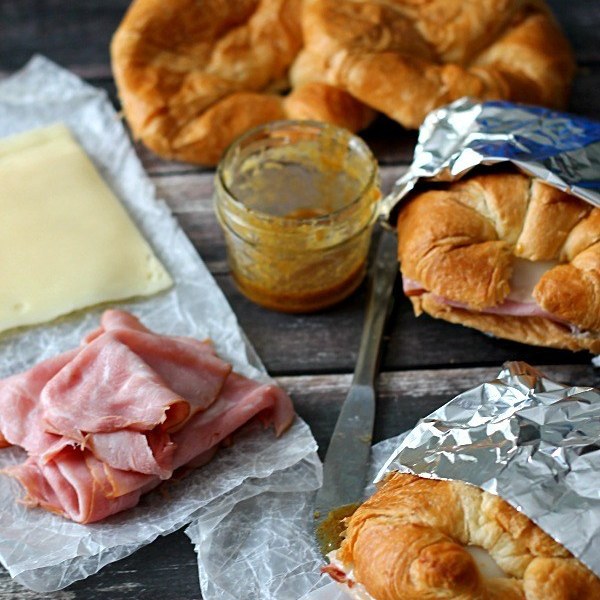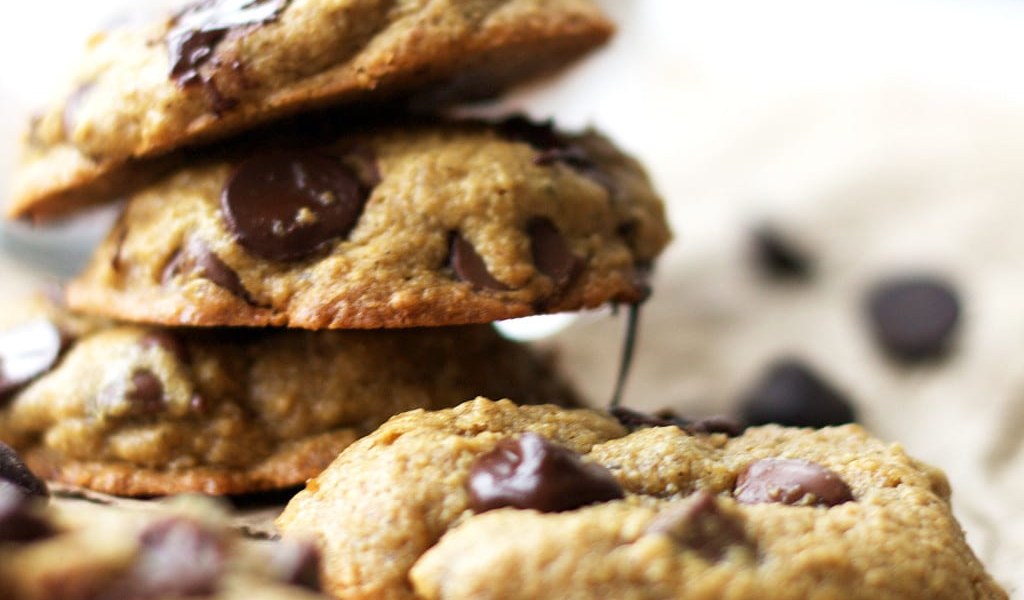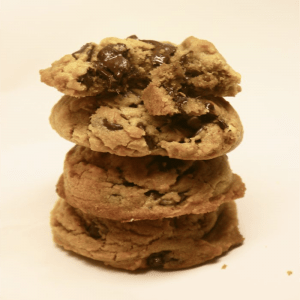Now that we’ve covered the basics of intermittent fasting, I want to give you an idea of how to put them into practice. I’m going to share an example of 24 hours of Intermittent fasting.
I’ll use the 16:8 method in my first example. In this example, I have chosen to eat from 11 am to 7 pm, meaning my first meal will be at 11 am and my last meal will be at 7 pm daily. I have chosen to eat as healthy as possible during my non-fasting window. I won’t eat a lot of junk food or binge during those eight hours, but I won’t set super strict meal guidelines either. I will plan my meals most days, but when I can’t, I follow my rule book regarding which foods to avoid or cut down on to choose my meals for the day. I also rely on the strength I gain from my morning prayer and meditation time to help me stick to it.
Preparation: I follow the list of preparation items 3 to four days before my fast begins, and make sure I have enough of my preferred water handy for the whole day.
Morning Activities: I wake up on the first morning of my fast. First, I pray. Then I read my daily affirmations for success and happiness while drinking at least eight ounces of water. Then I get ready for work, drinking water every step of the way.
Daily Activities: I drink water until 11 am. If I get really hungry I drink one cup of coffee, with no milk or cream, sweetened with stevia, which is 0 calories. This way I’m not giving my body any carbohydrates to turn into new fat.
At 11 am I eat my first meal, which is technically brunch, I guess. Here is where you will follow your rule book guidelines for what to eat or not eat. And as long as you don’t eat a large amount of the worst food available every day, you can eat what you like during non-fasting hours.
I usually eat my next meal after work. If I need a snack before that, I eat some fruit. My favorite fruit is green seedless grapes and pineapples. Whenever I am hungry between mealtimes, I find healthy, filling snacks to eat. Finally, I eat my last meal between 6:30 pm and 7:00 pm. If I get hungry between 7:00 pm and bedtime, I drink water. Occasionally I will drink one last cup of coffee, with no milk or cream sweetened with stevia, if I get really hungry before bedtime.
In this next example, I’ll share an example of 24 hours of Intermittent fasting on the 5:2 method. The difference between this method of intermittent fasting and the 16:8 method is that the goal is to eat 500-600 calories on days when you are fasting, no more and no less.
There are meal plans available to make this much easier to accomplish. You can check out the recipes on my website for inspiration, or Google recipes that help you accomplish the goal of eating only 500 calories per day. Preparation and morning activities are the same.
Preparation: I follow the list of preparation items 3 to four days before my fast begins, and make sure I have enough of my preferred water handy for the whole day.
Morning Activities: I wake up on the first morning of my fast. First, I pray. Then I read my daily affirmations for success and happiness while drinking at least eight ounces of water. Then I get ready for work, drinking water every step of the way.
Non-fasting days Daily Activities: On days when I’m not fasting, I simply eat what I would normally eat. I try to eat as many fresh, whole foods as possible and I’m careful not to binge on non-fasting days. Otherwise, I eat normally.
Fasting Days Daily Activities: On days when I am fasting, I eat three meals a day. I look for meals that have roughly 167 calories each. Since my maximum calorie intake goal is 600, this leaves me 100 free calories in case I go over 167 on either meal. I space out the intervals when I eat to make sure I don’t go over my calorie goal. I’ve learned that eating meals too close together on fasting days makes it harder to stick to the goal. To make it easier to stay within the calorie range I use the calorie counter app on My Fitness Pal to check the calories of potential meals and use Google to look for recipes that have 167 – 200 calories or less.
Sample meals: Each of the following meals are delicious and filling. And while these might not be your ideal fast day meals, you can use Google to search for low-calorie recipes and find meals that you enjoy as much as I enjoy these. You can also use My Fitness Pal or similar apps to help find recipes.
Breakfast: Two scrambled eggs with 2 finely diced asparagus spears, sprinkled with 2 tablespoons of Velveeta sharp cheddar cheese and 2 slices of regular bacon. I spray a small amount of Pam vegetable cooking spray in my pan before adding the eggs and I season with a small amount of salt and black pepper. This breakfast only has 306 calories.
Lunch: Salad with 2 cups of romaine lettuce and 1 cucumber, peeled, sliced and soaked in vinegar. I use 2 tablespoons of Italian dressing to add some flavor, This simple salad only has 123 calories. Salads are a great option for fasting days because many salad ingredients are naturally low in fat, and it’s extremely easy to tailor salads to your taste buds.
Dinner: Lemon garlic chicken and steamed broccoli which has a total of 141 Calories and is delicious! Chicken is always awesome. It’s very filling and can be prepared a million different ways, literally.
All three meals have only 570 calories, which means I have 30 more calories available if I get hungry. Thirty calories are enough for a small snack, like some grapes, which I love. (Grapes are only 2 calories each)
Finally, I’ll give you an idea of how to use the eat-stop-eat method of fasting. According to the Women’s Health website, the eat-stop-eat method of fasting consists of “fasting for 24 hours, twice a week, then eating “responsibly” for the remaining five days, but not necessarily “dieting.” You can choose any two days you want to fast and there are no calorie or diet restrictions on the five days when you are not fasting. So the idea is to fast for a maximum of 24 hours on two non-consecutive days. Preparation and morning activities for the eat-stop-eat fasting method are very similar to the other two methods with a slight variation.
Preparation: I would follow the list of preparation items 3 to four days before the fast begins, and make sure I have enough of my preferred water handy for the whole day.
Morning Activities: When I wake up on the first morning of the fast, I would pray, then read my daily affirmations and drink my first eight ounces of water. Next, I would eat a very filling breakfast. For example, I might eat two pancakes, two sausage patties and a turkey and cheese omelet with milk, or coffee. If I eat before 8 am at the start of my 24-hour fast, I wouldn’t eat again until 8 am the next morning.
Fasting Days Daily Activities: On days when I am fasting, I would drink plenty of water and satisfy my taste buds with various other zero-calorie beverages. My go-to drinks are coffee and green tea sweetened with stevia, unsweetened essence water, zero-calorie sparkling water. There are plenty of other zero-calorie beverages to drink while fasting such as Sprite Zero, Coke Zero, Red Bull Total Zero, and Aquafina FlavorSplash, just to name a few.
Non-fasting days Daily Activities: On non-fasting days, I would choose sensible recipes that include as many fresh, whole foods as possible. I wouldn’t count calories, or stick to any specific diet; I’d eat normally.
So there you have it, folks, The Ultimate Guide to Intermittent Fasting for Weight Loss explained in full detail, with examples you can use to get started with your own routine. Be sure to get your free fasting workbook.

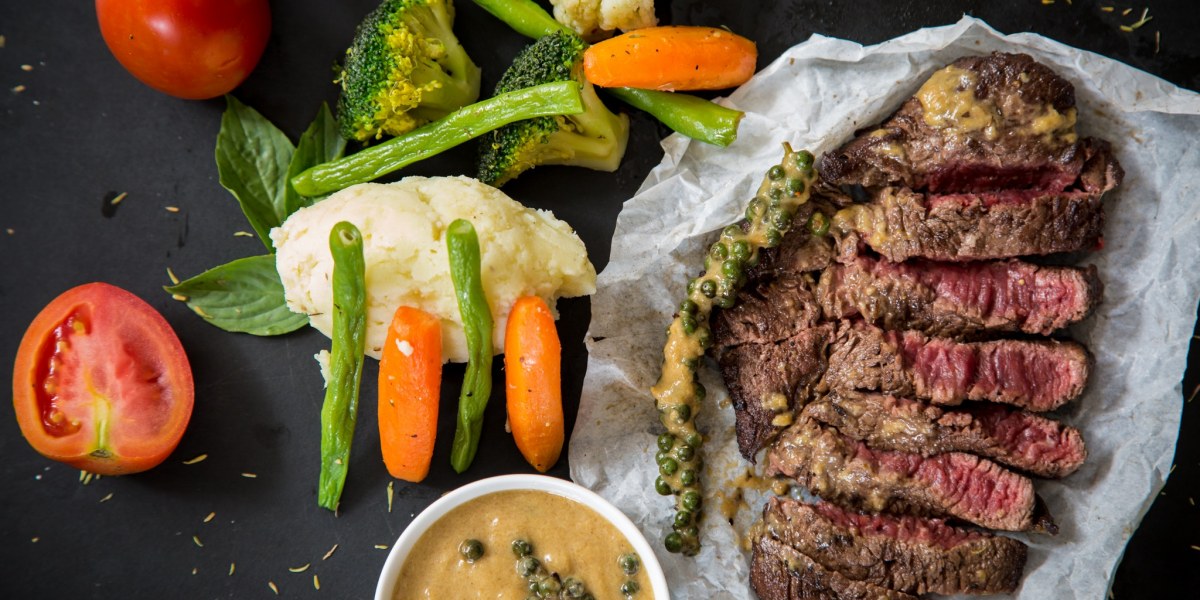

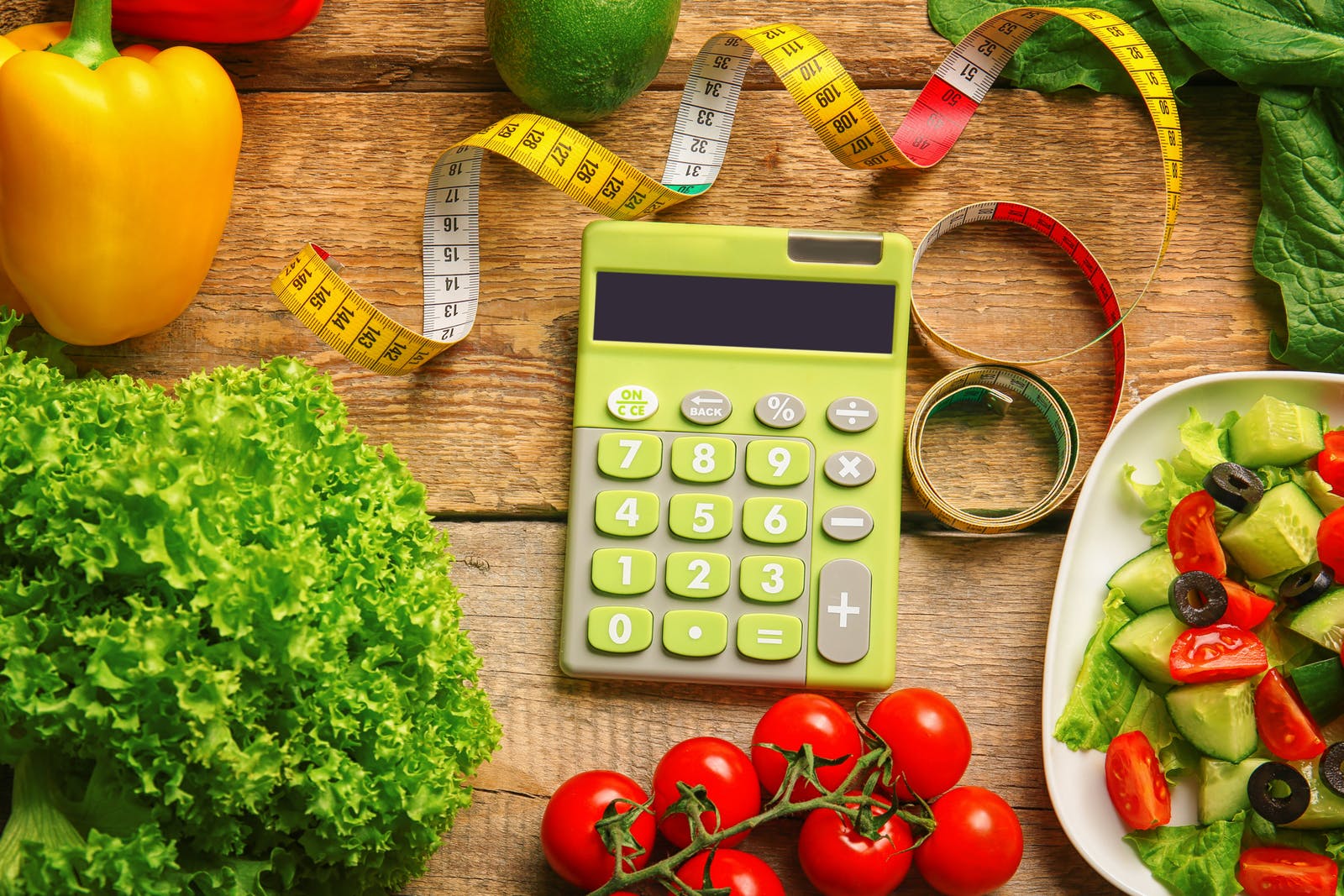
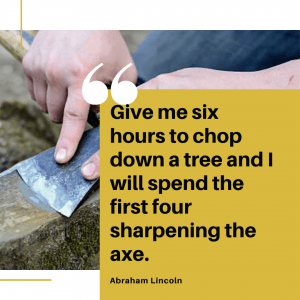 Plan what you will eat, which hours you will eat, and which hours you will fast. Also, make a plan for how you will handle hunger and cravings during your fasting window. What will you do when hunger and cravings hit? Will you read, go for a walk, exercise, pray? Will you call a friend or an accountability partner? Decide before the fast begins so you will be ready to stay committed to the fast.
Plan what you will eat, which hours you will eat, and which hours you will fast. Also, make a plan for how you will handle hunger and cravings during your fasting window. What will you do when hunger and cravings hit? Will you read, go for a walk, exercise, pray? Will you call a friend or an accountability partner? Decide before the fast begins so you will be ready to stay committed to the fast.